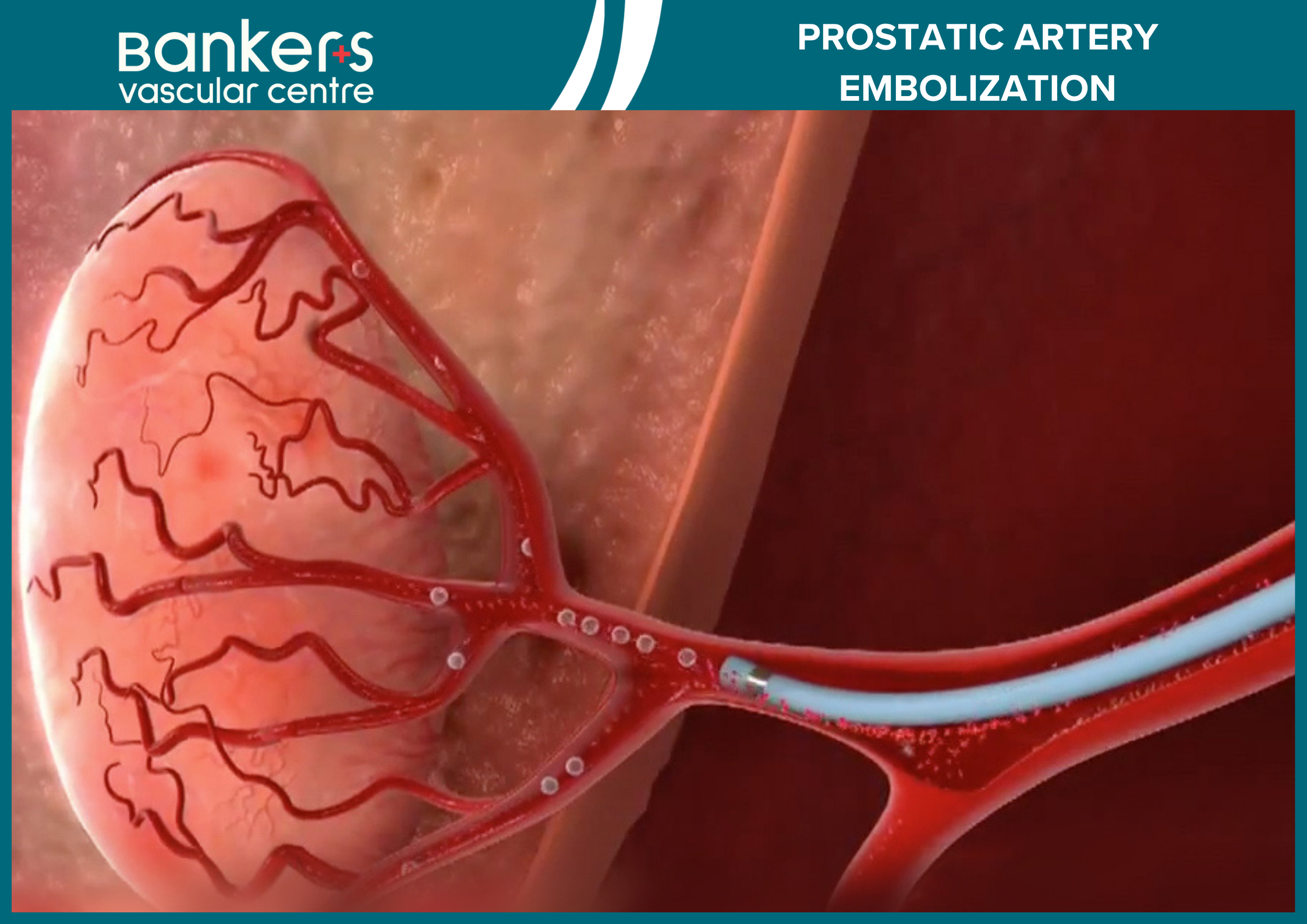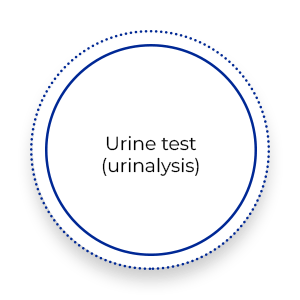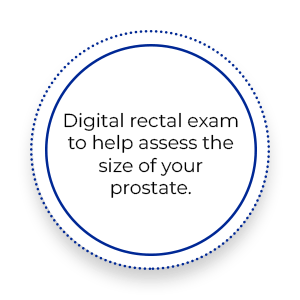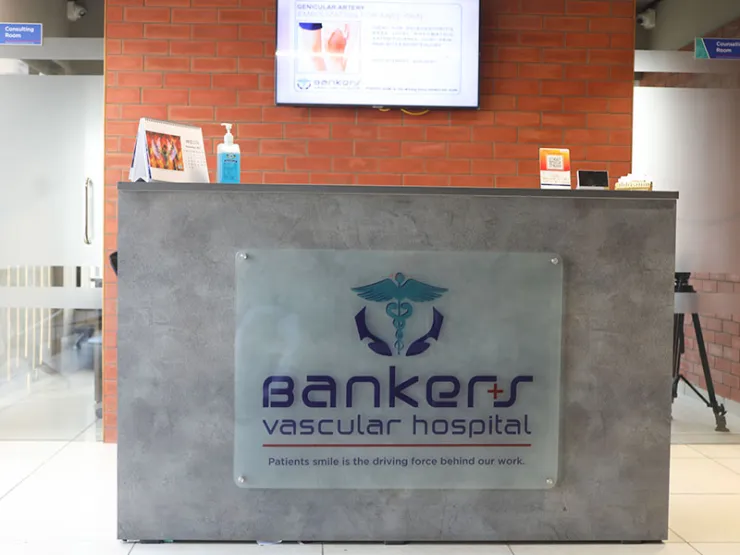What is Benign Prostatic Hyperplasia?
Benign Prostatic Hyperplasia is a terminal ailment, caused due to enlargement of the prostate gland. It is generally seen in elderly men. This medical ailment can cause many urinary problems such as blockage, bladder infection, and other kidney and urinary tract issues. This condition can even lead to urinary tract infections, prostatitis, kidney stones, and even cancer in the bladder or the prostate gland.

Symptoms & Diagnosis
There are several urinary issues that mark Benign Prostatic Hyperplasia. So if you have any aches or problems in the urinary tract, consult your physician or medical professional immediately. The intensity of this ailment may vary from patient to patient varying on the symptoms, prostate size, and the tenure of the illness. Here are some symptoms of the chronic urinary ailment-

Urination Discrepancies
Numerous urinary problems show the initial and intermediate stages of benign prostatic hyperplasia. Some of the most general urinary symptoms are- high urine frequency or urgency, nocturia (frequent and heavy urine flow especially at night), difficulty in urination, fluctuating urine, dribbling urine, and partial urination.

UTI
Urinary tract infection, also known as UTI is the most widely seen symptom of benign prostatic hyperplasia. It is a condition wherein the urinary tract of the patient is highly affected creating various urinary difficulties, inflammation, and pain. It can be due to both, excessive urination and inability to urinate at all.

Bloody urine
This is a symptom that marks the later or the more chronic stage of BPH( Benign Prostatic Hyperplasia). Blood vessels of droplets of blood in the urine can even be a symptom of this ailment. So be sure that the dripping of blood isn’t due to any injuries. Come down to Banker’s Vascular Centre and we will help you with the best-suited treatment for you.
The size of the prostate doesn’t always mark the fatality of the situation. Some men with less enlargement can also have severe symptoms or men with a highly-enlarged prostate might have minor symptoms. So, get your prostate diagnosed as you feel uneasy with your bladder or urinary situation.

Diagnosing Benign Prostatic Hyperplasia
Every practitioner has his own way of figuring out this ailment. Get a flawless and intricate diagnosis of benign prostatic hyperplasia, only with Banker’s Vascular Centre. We dig deep into the patient’s history and present condition with the ailment. Not just that, we also check the severity of the condition with a screening of the prostate gland and the entire urinary tract to look for the symptoms and different signs directing the ailment.
Treatment
There are several treatments available for prostate gland enlargement such as medication, that can be taken in the initial stages, non-invasive therapy for intermediate & chronic stages, and also surgeries for fatal situations. We at Banker’s Vascular Centre get you the most sure-shot method to clear your prostatic problem forever.

Prostatic Artery Embolization
There are two prostatic arteries that help the prostate function, the anterior-lateral prostatic pedicle and the posterior-lateral prostatic pedicle. Minor embolizing particles are injected into the suffering artery, wherein the damaged and infected or affected blood vessels and tissues are blocked and the normal healthy vessels are intact. This procedure reduces the inflammation and damage from 60-80% rapidly.

The Procedure







Advantage







How do I know if Prostatic Artery Embolization is right for me?
The PAE procedure is for candidates who are either ineligible or not interested in traditional surgery. An exam with an interventional radiologist can determine if you are a candidate for PAE. At this appointment, you may be asked how often you have urinary symptoms of BPH, how severe they are, and how much they affect your quality of life.
Pre-procedure workup may include:





What are the risks of Prostatic Artery Embolization?
PAE should only be performed by knowledgeable and trained interventional radiologists. Patients may experience “post-PAE syndrome” for days following the procedure, which can include nausea, vomiting, fever, pelvic pain, or painful or frequent urination.
Other risks include hematoma at the incision site; blood in the urine, semen, or stool; bladder spasm; or infection of the puncture site or prostate.

How Does PAE Differ from Other BPH Treatment Options?
PAE is not the only procedure available to men dealing with an enlarged prostate. Here is a look at two other procedures commonly recommended to those suffering from BPH.
Within a couple of weeks after a PAE procedure, most men experience a significant improvement in urinary tract function.
Prostate Artery Embolization vs. UroLift
An alternative to prostate artery embolization is the UroLift procedure. During this treatment, a doctor uses small implants to hold the prostate tissue away from the urethra. The UroLift System has its limitations, though. It is not a one-size-fits-all remedy to enlarged prostate. The procedure is only suitable for men with smaller prostate glands and not effective for those who have a large median lobe (a part of the prostate that can grow into the bladder, something that affects at least 10% and up to 40% of men).
Prostate Artery Embolization vs. TURP
Transurethral resection of the prostate (TURP) is a common type of prostate surgery. A doctor inserts a resectoscope (a tool that consists of a wide-angle microscope for exploration and a wire loop that can cauterize and remove tissue) into the tip of the penis and through the urethra. Using that tool, the doctor trims away excess prostate tissue, thereby restoring proper urine flow.
Though TURP is considered a minimally invasive procedure, it is still a form of surgery, which brings with it some downsides, including:
⦁ Temporary difficulty with urination
⦁ Dry orgasms
⦁ Erectile dysfunction (ED)
⦁ UTIs
⦁ Heavy post-operative bleeding
⦁ Low blood sodium levels
⦁ Urinary incontinence
Based on these side effects alone, PAE is a safe and attractive alternative to TURP.
Book An Appointment
Looking For The Best Medical Solutions?

About Hospital
India’s premier Vascular Interventional center. It has the highest number of treating experiences in Varicose Vein. This center is doing exclusive treatment for Vascular Malformation with Absolute Ethanol Embolization. It has also started first time in India, Genicular Artery Embolization for Knee Pain, Frozen Shoulder Embolization & other Musculoskeletal Pain like Tennis Elbow & Heel Pain.

Hospital Address
301, 3rd floor, RJP house, 100 Feet Anand Nagar Rd, near Gopi Restaurant, Satellite, Ahmedabad, Gujarat 380015

Hospital Timings
Monday - Saturday (9:00am to 5pm)
Sunday (Closed)

Email Address
bankersvascular@gmail.com

Phone Number
+91 990990-8428 / +91 99099-03449




